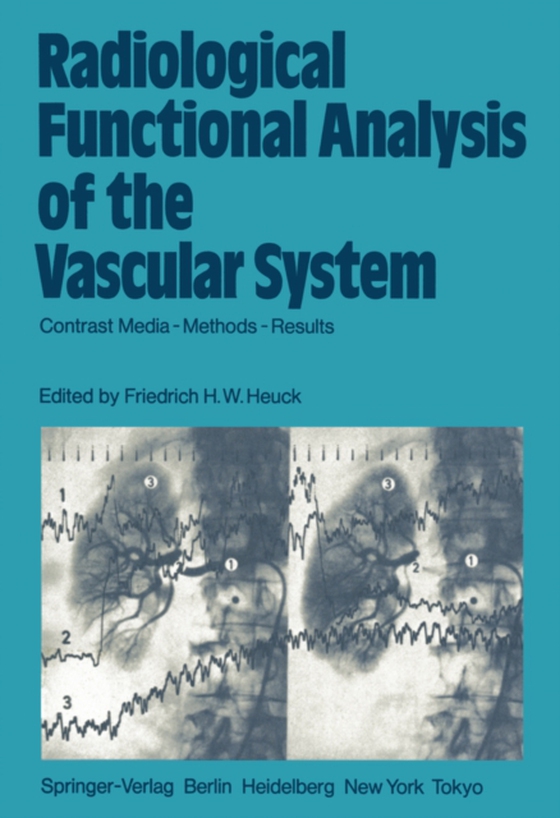
Radiological Functional Analysis of the Vascular System e-bog
1094,16 DKK
(ekskl. moms 875,33 DKK)
Scientists and engineers have been involved in medical radiology from the very beginning. At times advances in this field occur at a tremen- dously fast pace. Developments in radiological diagnostics have - technologically and medically speaking - focused on morphology. At present, computer-aided tomography (CAT) is at a high point in deve1opment, medical application, and validation. The precon...
E-bog
1094,16 DKK
Forlag
Springer
Udgivet
6 december 2012
Genrer
MJF
Sprog
English
Format
pdf
Beskyttelse
LCP
ISBN
9783642689574
Scientists and engineers have been involved in medical radiology from the very beginning. At times advances in this field occur at a tremen- dously fast pace. Developments in radiological diagnostics have - technologically and medically speaking - focused on morphology. At present, computer-aided tomography (CAT) is at a high point in deve1opment, medical application, and validation. The preconditions for this success were rapid advances in electronics and computer technology - in hardware and in software - and an unexpected cost reduction in these fields; the co operation of various scientific disci- plines was also essential. Functional radiological diagnosis has been neglected in part, owing to the emphasis on morphology, but alone the synthesis of morphology and function prornises further advances. Apart from the limited capabilities ofuItrasonic techniques there is no way other than using X-rays to carry out functional studies of organs and their systems through an intact body surface. It is frequently necessary to do further processing and evaluation of image series which have been recorded from the morphological viewpoint. This further picture processing may be of selected points (pixels) in the image, of certain regions of interest (ROI), or of the overall picture. For the measure- ment of rapid phenomena, such as the blood flow in the main arteries, high image-frame rates are required, and at the moment these can only be achieved with cinemascopic techniques. For slower processes, other techniques such as videography have some advan- tages.
 Dansk
Dansk

